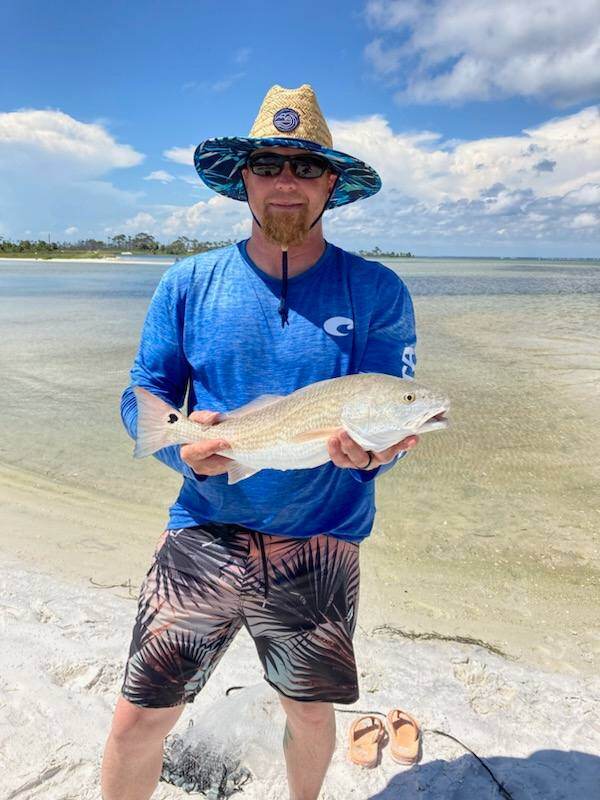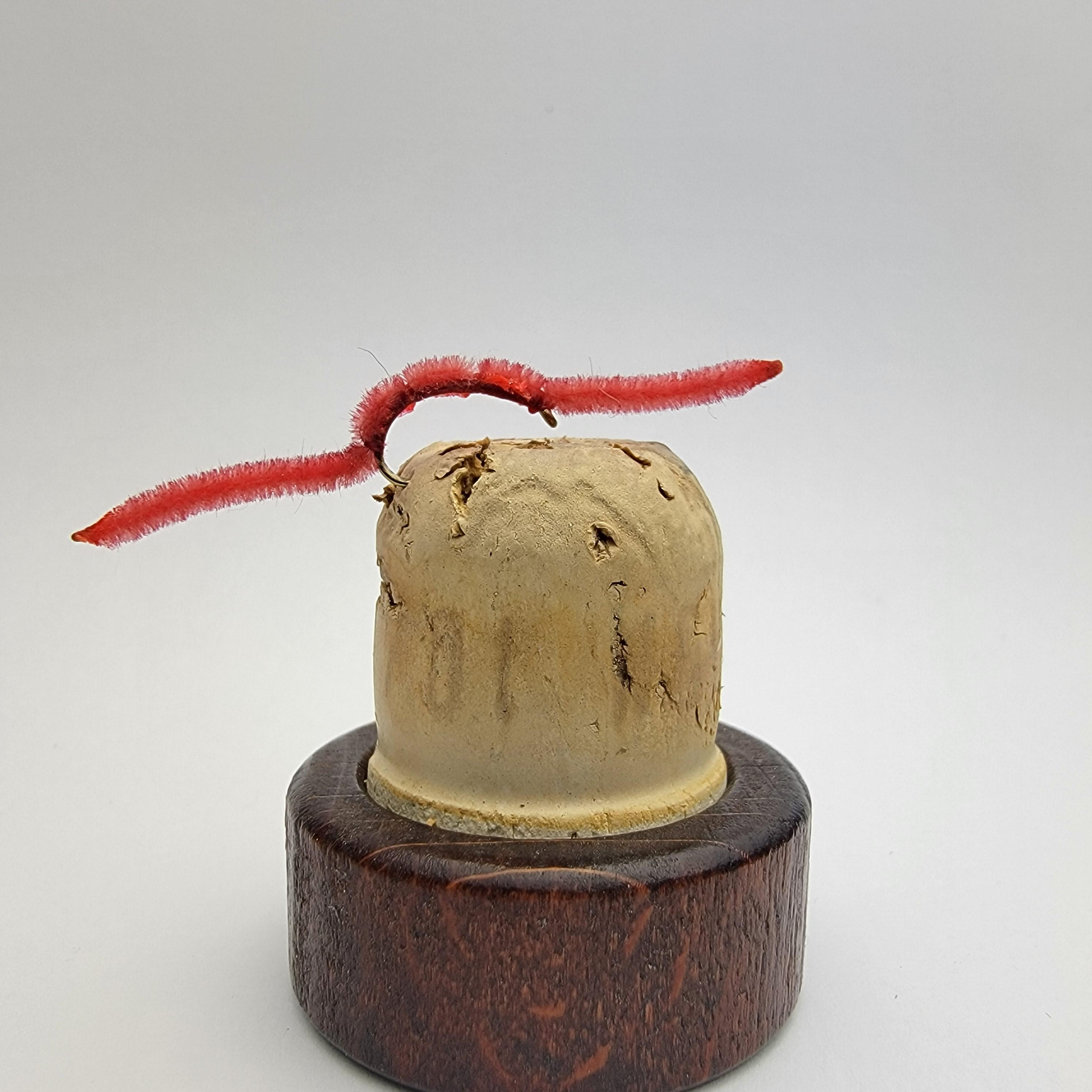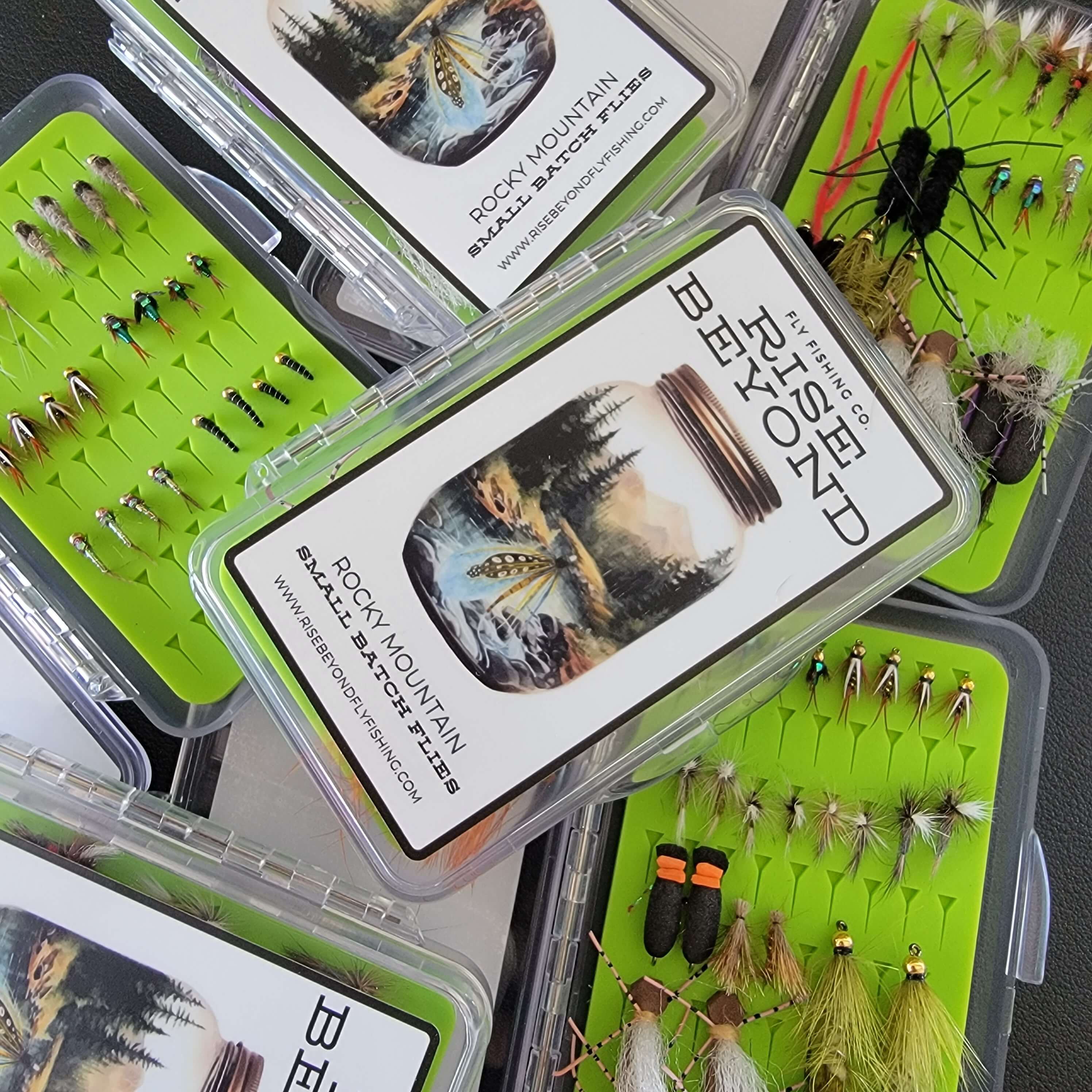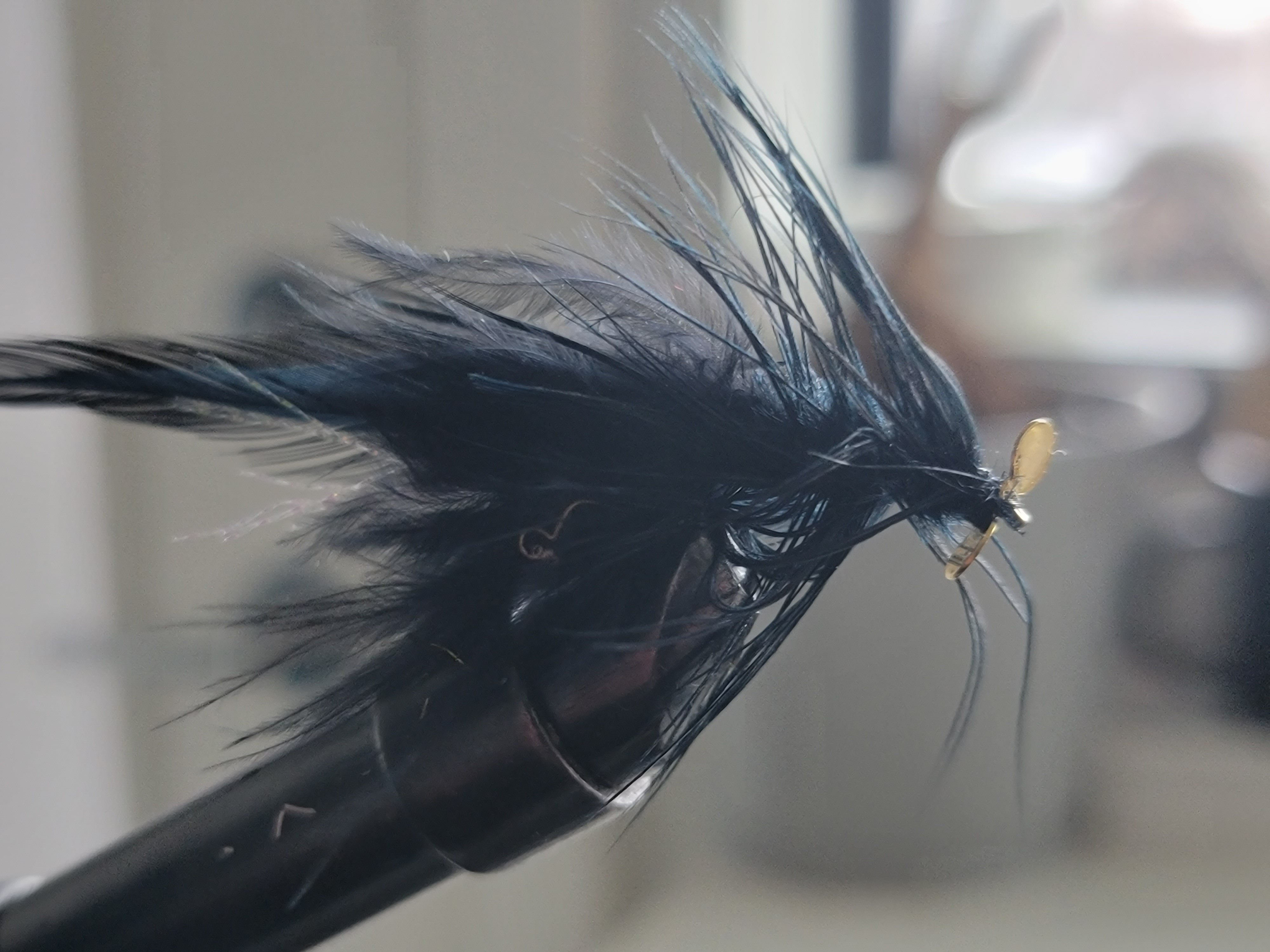Discover the secret weapon of fly fishermen - trash flies! Learn how these unconventional flies can help you catch more fish and elevate your fly fishing game.
Understanding Trash Flies
Trash flies are the cheeky impostors of the fly fishing world, masquerading as various types of debris floating in the water. Crafted to catch the eye of fish by mimicking the strange snacks they often nibble on, these flies are the masters of disguise.
Whether they look like bits of leaves and twigs or the remnants of a picnic gone awry, such as bread crusts or candy wrappers, trash flies are designed to give fish a fresh and unexpected treat. The whole idea is to offer fish something they don’t see every day, upping your odds of a successful catch.
Benefits of Using Trash Flies
Using trash flies in your fly fishing arsenal is like bringing a secret weapon to a knife fight. Here’s why they’re the unsung heroes of the angling world.
First off, trash flies can be a godsend when dealing with picky fish. Picture it: you’ve tried every classic fly in your box, and the fish are still giving you the cold shoulder. Enter the trash fly, with its quirky looks and unconventional charm. Suddenly, those fish that were too cool for school are now curious and ready to bite. It’s like serving a gourmet burger at a vegan convention – unexpected but irresistible.
Trash flies are the ultimate bait for fish that have seen it all. They mimic offbeat snacks like soggy bread crusts or drifting leaves, tapping into the fish’s opportunistic feeding habits. In waters where fish have grown wise to the usual suspects, a trash fly can be the wild card that turns the game in your favor.
And let’s be honest, using trash flies is just plain fun. It’s a chance to play mad scientist with your fishing gear, trying out materials you’d never imagined – foam, fabric, even bits of plastic. This isn’t just fishing; it’s an art form. It pushes you to observe your surroundings more keenly and think creatively, making every outing an adventure in innovation.
By embracing the weird and wonderful world of trash flies, you’ll broaden your fishing horizons and up your catch rate. These flies add a fresh twist to your fishing escapades, equipping you to handle a variety of conditions and fish behaviors. Their versatility is a game-changer, allowing you to adapt on the fly (pun intended) and reel in those elusive catches.
Types of Trash Flies
The Brown Pat's Rubber Legs AKA "The Turd"
The Pat’s Rubber Legs Fly, often called simply “Pat’s Stonefly,” is a popular fly pattern designed to imitate a stonefly nymph. It's known for being incredibly effective, simple to tie, and versatile for targeting trout in rivers and streams. The pattern was developed by Pat Bennett, and it has become a go-to fly for many anglers, especially in Western rivers where stoneflies are a key food source for trout.
Key Characteristics:
- Body: The body is made of chenille, usually in earth tones like brown, black, or tan to imitate the natural colors of stonefly nymphs.
- Legs: Rubber legs are the signature feature of this fly, tied in an X shape on the sides of the body. These rubber legs provide movement and make the fly highly attractive to fish.
- Weight: Often tied with lead wire wraps under the body or with a bead head to ensure it sinks quickly to the bottom where stonefly nymphs are commonly found.
- Hook: Generally tied on a 2X or 3X long hook to match the size of large stonefly nymphs, typically sizes 4–10.

Mop Fly
The Mop Fly is a type of fishing fly that's become quite popular in recent years due to its simplicity and effectiveness. It is named after its material, as the main body is typically made from pieces of chenille or microfiber strands that resemble the fibers of a mop. These materials are commonly found on dusting or cleaning mops, which are then cut and tied onto a hook.
Key Characteristics:
- Body: Made from a mop-like chenille or microfiber strand, which gives the fly a thick, worm-like appearance.
- Hook: Usually tied on a jig hook to make it more snag-resistant.
- Colors: Popular colors include tan, chartreuse, olive, and pink, but any bright or natural hue can be used.
- Weight: Often weighted with a tungsten bead or lead wraps to help it sink quickly.

San Juan Worm
The San Juan Worm Fly is a simple yet highly effective fly pattern designed to imitate a worm, particularly the aquatic worms (annelids) that live in the sediment of rivers and streams. This fly has been a staple in fly boxes for decades due to its simplicity, ease of tying, and consistent ability to catch fish, especially trout.
Key Characteristics:
- Body: The San Juan Worm is typically made from chenille, which mimics the worm's cylindrical body. It can also be tied with other materials like yarn or thread.
- Hook: Tied on a standard nymph or curved hook, usually in sizes 10–16.
- Color: The most common colors are red, pink, brown, tan, and even chartreuse, depending on the natural worm populations and water conditions.
- Weight: Some variations include a bead head or lead wraps to help it sink, though the basic pattern is usually unweighted.

Scuds
A Scud Fly is a fly pattern designed to imitate freshwater scuds, which are small, shrimp-like crustaceans found in many rivers and lakes. Scuds, also known as amphipods, are an essential food source for trout and other fish, especially in nutrient-rich waters. This fly is particularly effective in tailwaters, spring creeks, and lakes where scuds are common.
Key Characteristics:
- Body: Typically made from materials like dubbing or synthetic fibers to mimic the curved, segmented body of a scud. Some patterns use wire ribbing to add durability and create a segmented look.
- Shellback: Often tied with a thin piece of plastic or scud back material over the top to give it a more realistic, translucent appearance. This shellback is pulled over the body and secured along the back of the fly.
- Hook: Usually tied on a curved scud hook (sizes 12–18), which gives the fly the natural shape of a scud.
- Colors: Common colors include olive, tan, pink, and gray, which match the natural colors of scuds.
- Legs: Some patterns include soft hackle or rubber fibers to imitate the small legs of a scud, which add extra movement in the water.
- Weight: Often weighted with lead wire or a bead head to help the fly sink quickly to the bottom where scuds are typically found.

Globug Salomn Egg
The Globug Salmon Egg Fly, commonly referred to as just a Globug, is a fly pattern designed to imitate salmon eggs, which are a crucial food source for trout, steelhead, and other fish during and after the spawning season. Salmon and trout will often feed heavily on eggs that drift downstream during these periods, making the Globug an incredibly effective pattern for fly anglers.
Key Characteristics:
- Body: The main body of the Globug is made from brightly colored synthetic yarn, such as Glo Yarn or McFlyFoam. The yarn is tied into a round, egg-like shape, mimicking the appearance of a salmon or trout egg.
- Color: Popular colors include pink, orange, red, yellow, and chartreuse. Some variations use multiple colors to create a "dot" or a slightly more realistic look to simulate natural variations in egg appearance.
- Hook: Tied on small hooks, typically sizes 10–16, depending on the water conditions and target species.
- Size: Globugs are tied to be about the size of real salmon or trout eggs, around 6-10 mm in diameter.

.png?width=300&height=100&name=Copy%20of%20Rise%20Beyond%20Logo%2012.31.24%20(300%20x%20100%20px).png)



